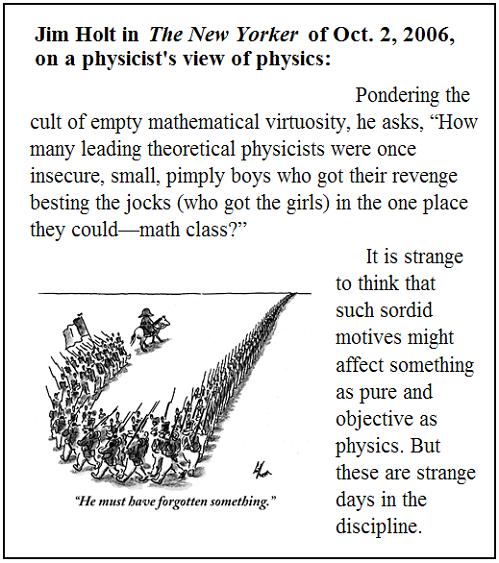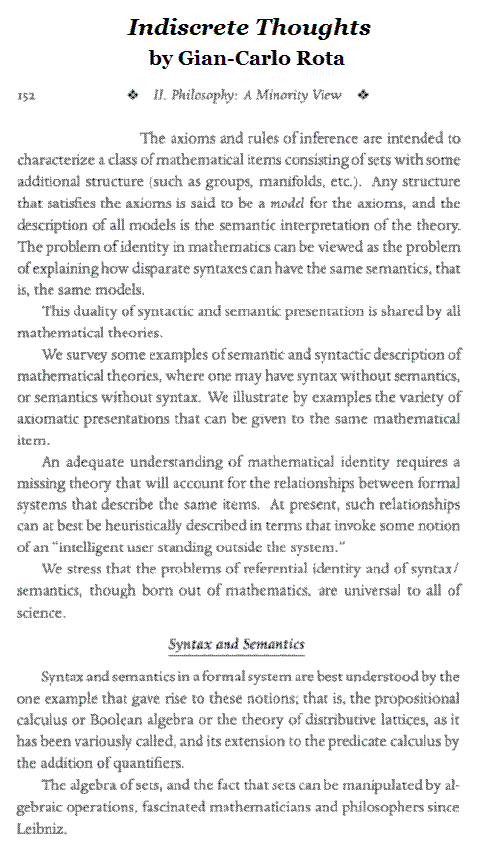Embedded in the Sept. 26 New Yorker review of Coppola's
Megalopolis is a ghostly transparent pyramidal figure . . .

The pyramidal figure is not unrelated to Scandia.tech —
|
American Mathematical Monthly, Vol. 92, No. 6 LETTERS TO THE EDITOR Material for this department should be prepared exactly the same way as submitted manuscripts (see the inside front cover) and sent to Professor P. R. Halmos, Department of Mathematics, University of Santa Clara, Santa Clara, CA 95053 Editor: Miscellaneum 129 ("Triangles are square," June-July 1984 Monthly ) may have misled many readers. Here is some background on the item. That n2 points fall naturally into a triangular array is a not-quite-obvious fact which may have applications (e.g., to symmetries of Latin-square "k-nets") and seems worth stating more formally. To this end, call a convex polytope P an n-replica if P consists of n mutually congruent polytopes similar to P packed together. Thus, for n ∈ ℕ, (A) An equilateral triangle is an n-replica if and only if n is a square. Does this generalize to tetrahedra, or to other triangles? A regular tetrahedron is not a (23)-replica, but a tetrahedron ABCD with edges AB, BC, and CD equal and mutually orthogonal is an n-replica if and only if n is a cube. Every triangle satisfies the "if" in (A), so, letting T be the set of triangles, one might surmise that (B) ∀ t ∈ T (t is an n-replica if and only if n is a square). This, however, is false. A. J. Schwenk has pointed out that for any m ∈ ℕ, the 30°-60°-90° triangle is a (3m2)-replica, and that a right triangle with legs of integer lengths a and b is an ((a2 + b2)m2)-replica. As Schwenk notes, it does not seem obvious which other values of n can occur in counterexamples to (B). Shifting parentheses to fix (B), we get a "square-triangle" lemma:
(C) (∀ t ∈ T, t is an n-replica) if and only if n is a square.
Steven H. Cullinane
501 Follett Run Road Warren, PA 16365 |











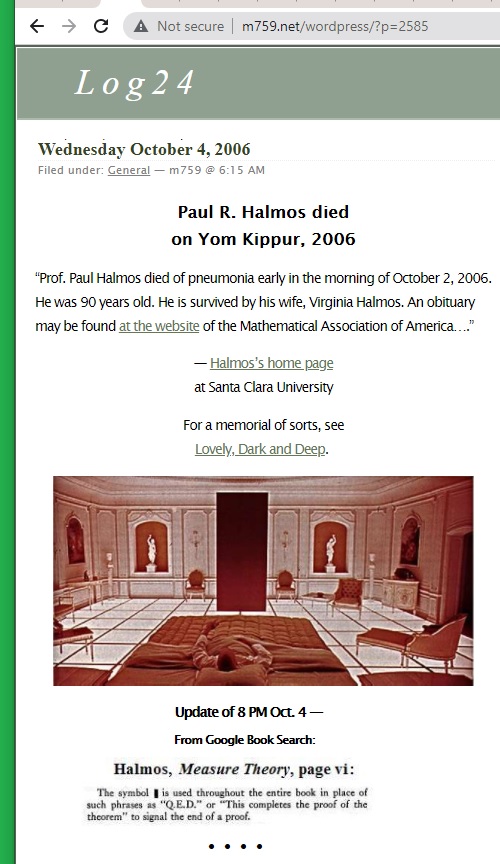







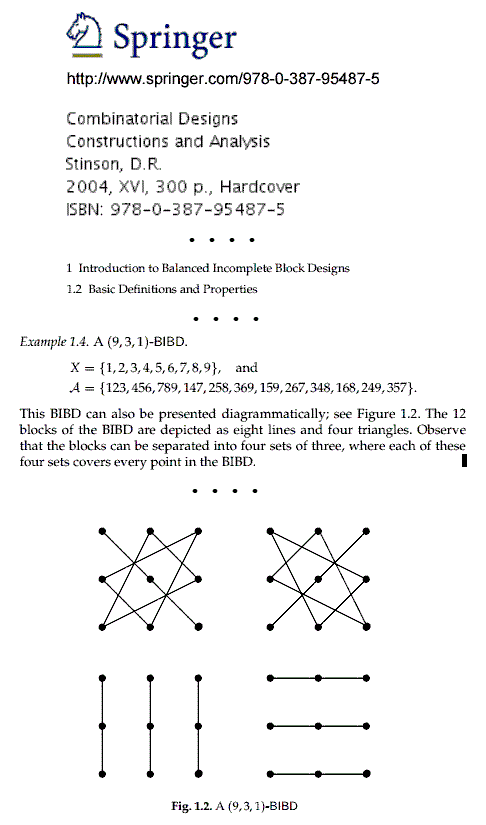




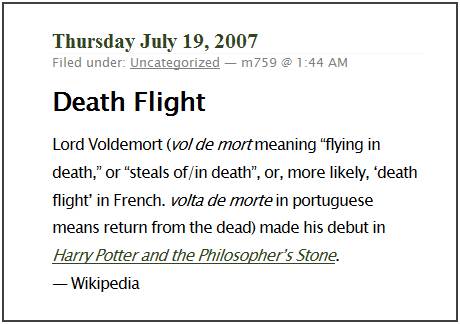

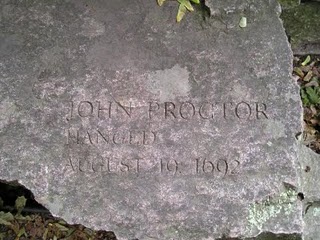




 …
…



